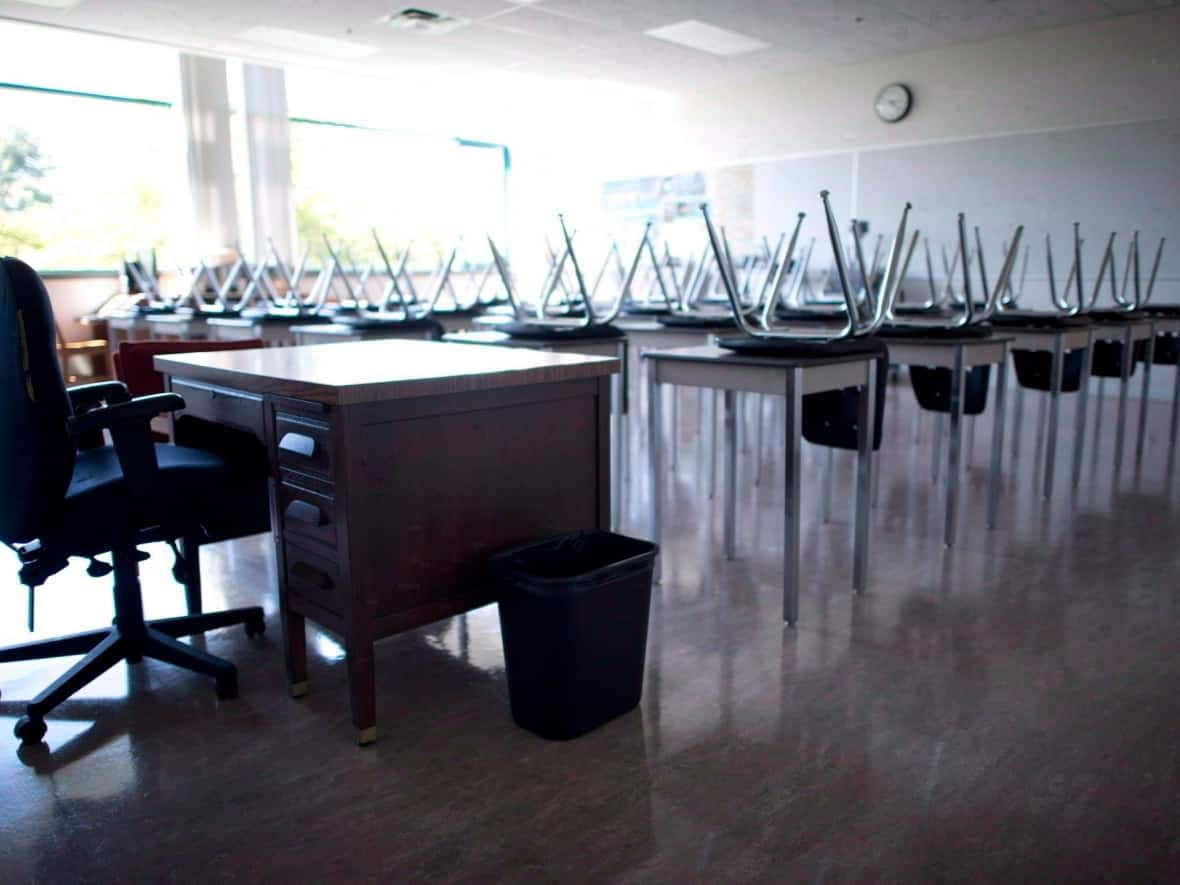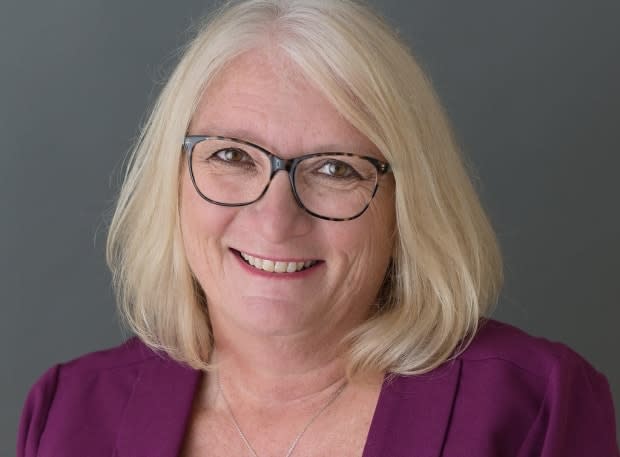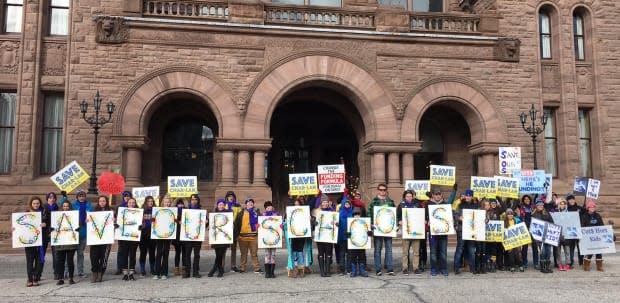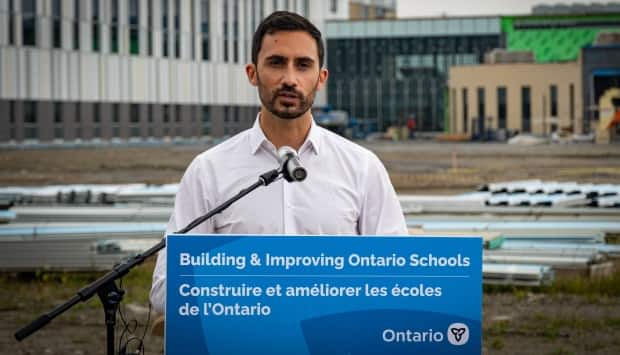Ontario boards want Ford government to end ban on closing, merging schools

School boards across Ontario are asking Premier Doug Ford's government to lift a moratorium that has barred them from merging or closing schools for nearly six years.
The association representing 31 English-language public school boards with more than 1.3 million students is calling for an end to the ban on school closures brought in by the previous Liberal government of then-premier Kathleen Wynne.
"We believe this isn't fiscally responsible if you have a school that should have 600 kids in it, and it has 100 kids in it," said Cathy Abraham, president of the Ontario Public School Boards Association.
The Liberals brought in the moratorium in 2017 after facing political heat over local boards deciding to close schools with low enrolment and move their students to a new location. There are more than 4,800 schools in Ontario. In 2016-17, just before the moratorium went into place, boards decided to close 19 schools.
"I don't believe it was ever intended to last for six years," said Abraham. "As a result of it going on for so long, all of the problems that we had in 2017 with low-enrolment schools have only been exacerbated."
Shifting demographics mean that schools in certain locations see enrolment dwindle, so trustees frequently face decisions about closures and mergers.

"We need an opportunity to have those conversations," said Abraham. "This is our role as the locally elected school board trustees."
Ford's Progressive Conservative government is showing no signs that it's prepared to reopen the door to school closures.
Education Minister Stephen Lecce declined CBC's request for an interview on the topic. Lecce's press secretary, Grace Lee, provided a statement that did not directly address the school board association's call for ending the moratorium.
"We are not closing schools," said the email. "Our government is delivering $14 billion to upgrade existing schools and build new state-of-the-art schools across Ontario with a focus on STEM learning, improved accessibility, and technology."
The school closure issue doesn't just affect small towns and rural areas.
The Toronto District School Board (TDSB) had named 27 clusters of schools (10 at the secondary level and 17 elementary) that it wants to review for potential mergers because some are under capacity while others are over capacity.

However, unless the government lifts the moratorium, the TDSB can't even start that process, says the board's chair, Rachel Chernos Lin.
"We have shifting populations, and we end up having some schools that are underutilized and others that are bursting at the seams," said Chernos Lin in an interview. "We need to be able to right-size those schools, and sometimes that means consolidating schools or school closure."
Particularly for secondary schools, the size of their enrolment is crucial to the student experience, said Chernos Lin.
"In a [high] school where you have 1,000 to 2,000 students, you can offer very rich programming with lots of different course options. In a school of 400 kids, we can't staff it with enough people to offer rich programming," she said.
The TDSB's priorities for review in the next two years are smaller secondary schools that it describes as underutilized or facing declining enrolment. including George S. Henry Academy, as well as L'Amoreaux, Oakwood, Thistletown, Stephen Leacock and Runnymede collegiate institutes.
Elsewhere in the province, the Lambton-Kent District School Board projects that nine of its 62 schools will operate at less than 50 per cent capacity in the next school year. The Upper Grand District School Board recently labelled four of its schools as underutilized, at less than 60 per cent capacity currently and projected to remain that way .

Ontario's school funding comes from the province in per-student amounts. That means schools with small populations often don't have enough funding for a full component of full-time staff, such as a principal, secretary or specialized teachers.
"I'm not saying that it's not good education, but [small schools] don't have access to the same things everybody else does," said Abraham.
Moratorium 'was meant to be a pause'
Merging small schools can bring "access to more programming, more extra-curriculars, all of those things that make a school experience rich," she said.
Abraham says when she is confronted with a school merger or closure where she serves as a trustee, the Kawartha Pine Ridge District School Board, she tries to get across a particular message.
"It's not the bricks and mortar of a building that make your school experience wonderful," said Abraham. "It's the people in that building, and those people will be still wonderful in another set of bricks and mortar."
Liberal MPP Mitzie Hunter, who announced the moratorium in 2017 when she was education minister, said this week it wasn't meant to be in place for six years.
"It was meant to be a pause so that we could develop a new system of reviewing schools that really gave stronger voice to students, to parents and to community, as well as integrated into the municipality," Hunter told the Canadian Press.


